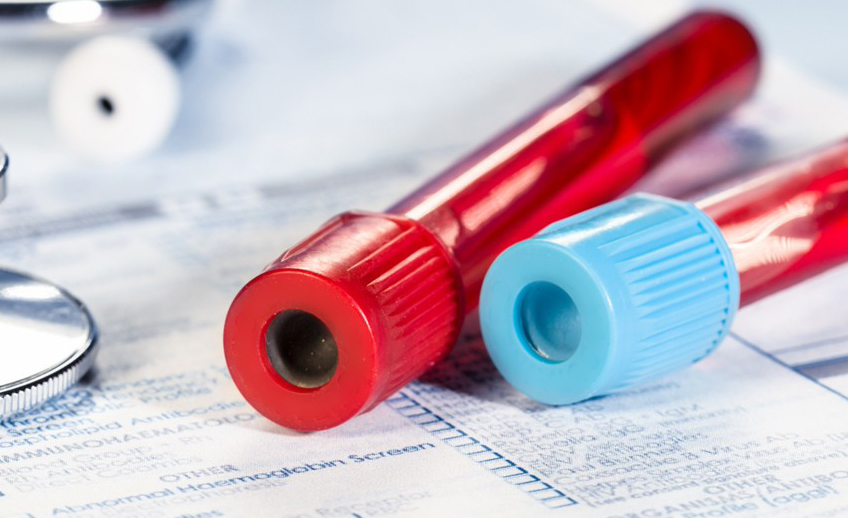How to Become a Certified Phlebotomist Technician: Step-by-Step Career Guide
If you’re considering a rewarding career in healthcare, becoming a certified phlebotomist technician can be an excellent choice. Phlebotomists play a vital role in medical laboratories by collecting blood samples for testing, aiding in diagnosis, and helping save lives. This thorough guide walks you through the steps to achieve certification, highlighting essential skills, education requirements, certification processes, and practical tips to kickstart your career in this growing field.
Why Choose a Career as a Certified phlebotomist technician?
- High demand: The healthcare industry’s consistent growth means plenty of job opportunities.
- relatively short training: Most certification programs require only a few months of study.
- Entry-level position: No extensive prior healthcare experience needed to start.
- Rewarding work: Helping patients and contributing to medical diagnosis.
- Good salary potential: Competitive wages with opportunities for advancement.
Understanding the Role of a Certified Phlebotomist Technician
Phlebotomists are responsible for collecting blood samples accurately and safely. They must follow proper procedures to minimize patient discomfort and prevent contamination or injuries. Their work often involves interacting with diverse populations, maintaining precise records, and adhering to strict health and safety regulations.
Step-by-Step Guide to becoming a Certified Phlebotomist Technician
1. Meet Basic Educational Requirements
Most phlebotomy training programs require a high school diploma or equivalent (GED). Ensuring you meet this prerequisite is your first step towards a triumphant career.
2. Enroll in a Certified Phlebotomy Training Program
- Find accredited programs: Look for programs approved by organizations like the National Accrediting Agency for Clinical Laboratory Sciences (NAACLS).
- Program content: Includes classroom instruction, laboratory work, and practical clinical experience.
- Duration: Typically 1-4 months, depending on the program.
3. Complete Your Phlebotomy Training Course
During training, you’ll learn essential skills such as venipuncture techniques, skin puncture procedures, equipment handling, patient communication, and safety protocols.
4. Gain Practical Experience
Most programs include a supervised clinical externship where you will perform blood draws on real patients,building confidence and honing your technical skills.
5. Obtain Certification
Certification is vital in establishing your credibility and employability as a certified phlebotomist technician.
Popular Certification Options:
| Certification Name | Issuing Organization | Eligibility Requirements | Exam Format |
|---|---|---|---|
| certified Phlebotomy Technician (CPT) | American Society for clinical Pathology (ASCP) | 完成合格的培训课程并拥有临床经验 | Multiple choice exam |
| Registered Phlebotomy Technician (RPT) | American Medical Technologists (AMT) | 确保培训和临床经验 | Computer-based exam |
| National Certified Phlebotomy Technician (NCPT) | National Healthcareer Association (NHA) | 完成培训且持有相关经验 | Multiple choice exam |
6.Pass the Certification Exam
Prepare thoroughly using practice exams and study resources. Passing the exam earns you the official certification, which is often required by employers and states for licensure or licensure exemption.
7. Apply for Phlebotomy Technician Jobs
Update your resume, showcase your certification, and begin applying to healthcare facilities such as hospitals, clinics, laboratories, and blood banks.
Practical Tips for Aspiring Phlebotomists
- Develop strong interpersonal skills: Compassion and patience with patients enhance your effectiveness.
- Practice venipuncture: use mannequins or supervised practice to improve technique.
- Stay current with industry standards: Continue education and attend workshops or seminars.
- Maintain good hygiene and safety: follow OSHA guidelines and infection control protocols.
Benefits of Becoming a Certified Phlebotomist technician
- Job stability: Healthcare professionals are always in demand.
- Flexible work environments: Opportunities in hospitals, clinics, mobile labs, and more.
- Pathway to advancement: Experience can lead to roles such as laboratory assistant or medical technician.
- Personal fulfillment: Making a tangible difference in patients’ health.
First-Hand Experiences and Case studies
Many successful phlebotomists share that the most rewarding part of their job is helping anxious patients feel comfortable and safe. For example, Sarah, a certified phlebotomist, mentioned that mastering patient communication substantially improved her job satisfaction and patient outcomes.
Conclusion
Becoming a certified phlebotomist technician is a practical and rewarding pathway into the healthcare industry. By following the step-by-step process – from meeting basic education requirements,enrolling in accredited training programs,gaining hands-on experience,earning certification,and landing your first job – you can build a fulfilling career in this essential profession. Remember, ongoing education and skill growth are key to long-term success.If you’re compassionate,detail-oriented,and eager to help others,a career as a certified phlebotomist technician might be the perfect fit for you.
Start your journey today,and unlock a world of opportunities in healthcare!
